14 June 2022
Bioinformatics uses cutting-edge data-visualisation and data-sorting tools to help scientists decipher and understand the incredibly complex and incredibly large sets of biological information generated from their experiments. Sam Old is a bioinformatics research officer at the Malaghan Institute who uses his skills in bioinformatics to accelerate the pace of research.
Bioinformatics is a field embedded within other fields of research. As a result, we rarely hear about it, yet many of the scientific insights we garner on a daily basis would not be possible without it. Bioinformatics is the field of analysing complex biological information. Have you ever wondered how we are able to determine the exact strain of COVID-19 a person has been infected with? This is possible using the power of bioinformatics. In his role at the Malaghan Institute, Sam works on a range of projects to analyse data from experiments and present it in a way that is accurate and easy to understand.
“We have machines that give out an enormous amount of data that’s impossible to interpret without the right tools. Bioinformatics provides us with those tools,” says Sam.
Bioinformatics has developed in concert with the inception and growth of the internet. The technologies used to measure scientific data has advanced exponentially, allowing measurements of hundreds of thousands of data points at once. As a result, the way we analyse and interpret the massive amounts of data had to become more efficient while maintaining accuracy.
“Bioinformatics brings an incredibly exciting level of progress to the institute. It allows comparisons and in-depth explorations into research performed in days instead of years,” says Sam.
“One of the experiments that I’ve been working on recently uses single cell RNA sequencing. This is an incredible technology that allows you to look at 20-50 thousand cells at once and see exactly which genes are being expressed in each cell, often thousands of genes will be expressed at once.”
One can only imagine the amount of time it would take to sift through this quantity of data using traditional methods. Sam uses specialised software to sort through the data to understand which cells are activated in an allergic response and which cells respond first.
“There’s a tool for everything out there. Once I have the gene expression data from the experiments, I can apply analytical packages that can tell us what genes are being expressed, to what degree and what these genes are likely to be doing,” says Sam.
Essential for modern research, bioinformatics is applied to a wide variety of research areas including genetics, immunology, and infectious diseases.
“One of the best aspects of working in bioinformatics is that I’m not restricted to one project or even one research area,” says Sam. “I can help scientists accelerate their research by applying statistics and programming to their data. Most people have no idea how useful bioinformatics can be for their specific task or experiment. It is great to be able to help automate tedious work or perform steps that people think are impossible.”
Sam grew up just a stone’s throw away from the Malaghan Institute, in Aro Valley Wellington. Attending Wellington College, he knew he wanted to get into science so went to the University of Otago to study genetics.
“I found it really interesting how complicated the processes of life are. I was really interested in how genetics worked. I did minors in statistics and computer science which turned out to be the perfect building blocks to start my career in bioinformatics.”
Working in bioinformatics requires a very detailed understanding of biological processes, how biological data is recorded, and technical capabilities with programming and statistics. It is essential for research at the cutting edge. Sam looks forward to seeing how the field will develop in the years to come and how he can help expedite research at the Malaghan Institute.
“If I’ve ever learned anything about bioinformatics, it’s that there will always be new problems that need to be solved,” says Sam.
Related articles

Kjesten Wiig: bringing life-changing treatments to life
27 February 2025
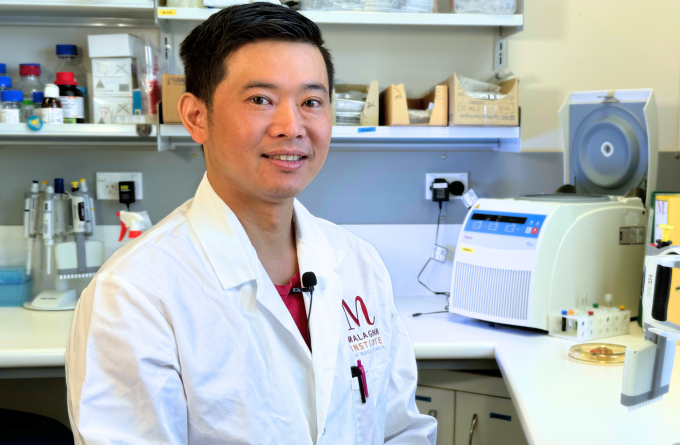
Fighting allergic skin disease at its root
17 December 2024
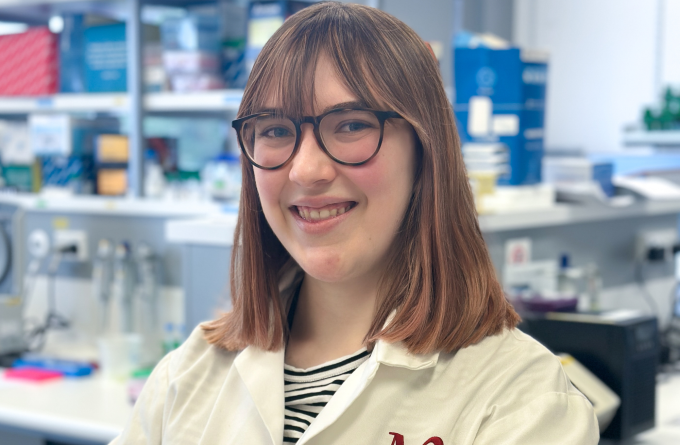
As easy as breathing: the future of vaccines
31 October 2024
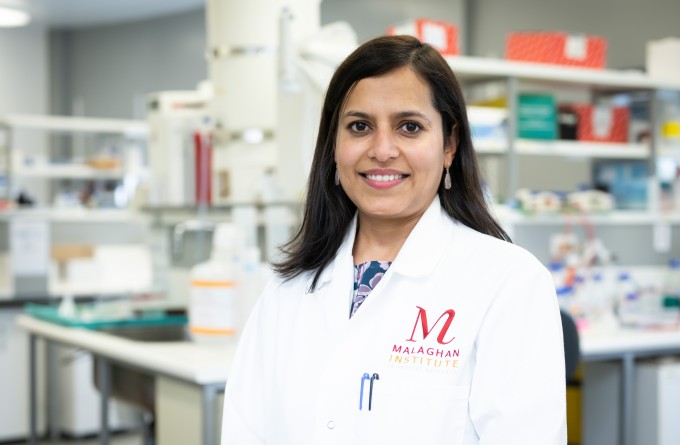
CAR T-cell therapy, the battle of the blood cells
26 September 2024
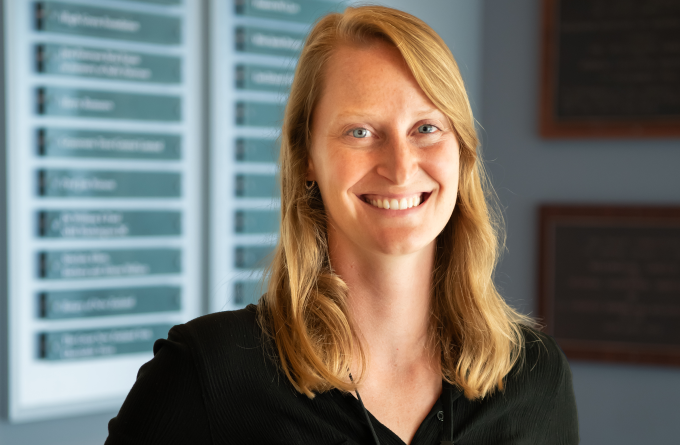
Malaghan RNA researcher named KiwiNet Emerging Innovator
4 September 2024
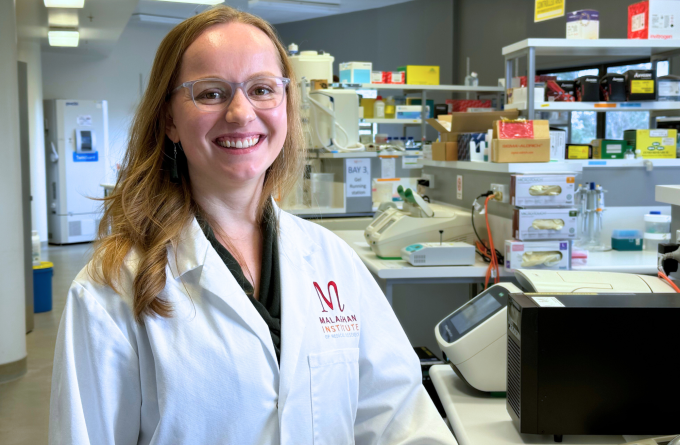
Fever: too hot to handle or the body's first line of defence?
22 August 2024
